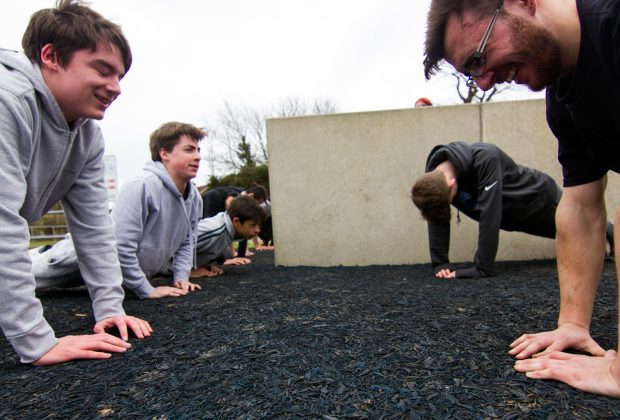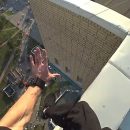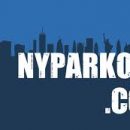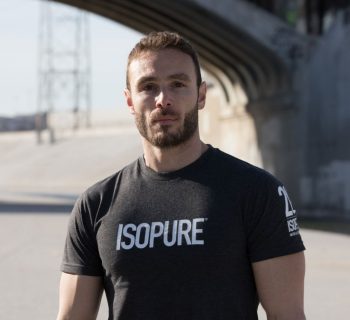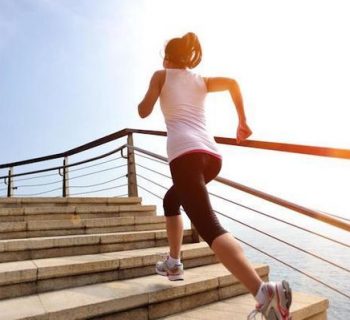
There are many hobbies out there, and while many of them have some great advantages for the athlete, such as team-building skills and hand-eye coordination, none have such a diverse list of advantages as Parkour with a good transfer to real life.
The fact that Parkour is non-competitive and focused on the value of yourself and the strength of one's character has given the fresh sport the structure it needed in such a short time to sweep the globe. Without a league to strive for or a particular movement as a requirement, a novice practitioner soon finds himself in charge of his new sport leading himself on a journey of self-discovery and mastery of several different movements and ways of thinking, this self-discipline is crucial to the creation of a healthy member of society and allows those who practice Parkour to learn how to improve it.
How we call it "workout." It may sound like a frivolous usage of a word, but when compared to many other sports, you may find it interesting in that it means more than just going out for some fun with friends, the word incorporates Parkour's central element; overcoming barriers.
If it's mental or physical, or a combination of the two, those who practice Parkour find that their objective when setting out to have some fun with their friends is to figure out how to do something complicated or complex that they had not been able to do before. Clearly, this creates tremendous self-confidence in a person, realizing that they can overcome obstacles and, despite fear or doubt, accomplish what they set their minds to.
By practising Parkour, a student will find that they are "Physically Literate;" by moving and using the human body to Climb / Run / Jump, you can become conscious of how this device functions and how to improve it through improvements in posture or strength practising or agility exercises in order to achieve a better overall body that makes for better Parkour but also better living.
Small injuries and rehabilitation is also a valuable aspect of this process, as it shows the patient how to treat themselves and provides them with a justification for training and putting effort into avoiding potential accidents, whether from Pk or life in general.
There is "Mental Competency" along with physical fitness, that is because a person becomes aware of their ability and what they can and can not do. The emphasis of this term is on the CAN do because the more goals a practitioner completes, the more mentally capable they become, conscious of the micro-routines that helped them to go from "No way I can do that" to "Yeah, maybe if I can just do the first bit very well" to finally "Wow, I did it! Now to get it clean." With that celebration comes another log in the record of solved problems and strengthened self competency.
Finally, I will mention the play frame and its significance within the Parkour/freerunning sport. Without set rules or a Parkour, the judge allows those doing it to let loose and experience the type of training session they want. So while the rough aim is to resolve any challenge to yourself, the way to accomplish this is so large that it can lead to a very specific session where targets are set so ticked one after the other, each being its own problem to be solved and each solution enhancing the dopamine of the practitioner through the entire session.
It can rekindle the play experience as a child, where everything has been a brand new puzzle to solve—already discovering new ideas and ways to look at the world and being able to connect with them in a flow-state while reflecting on how these new goals are accomplished.

